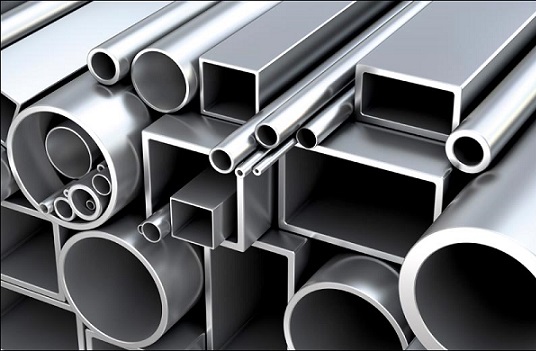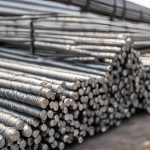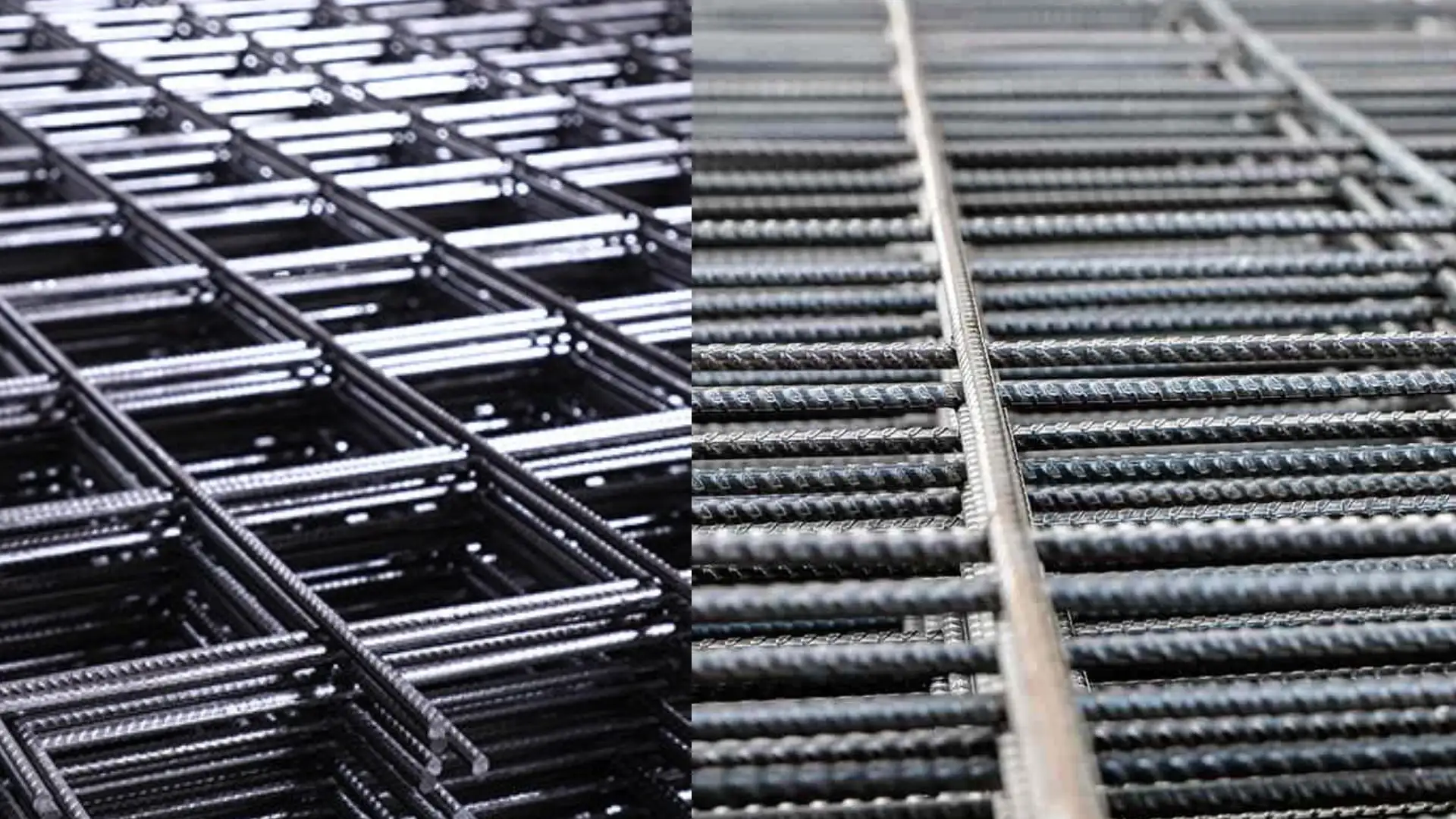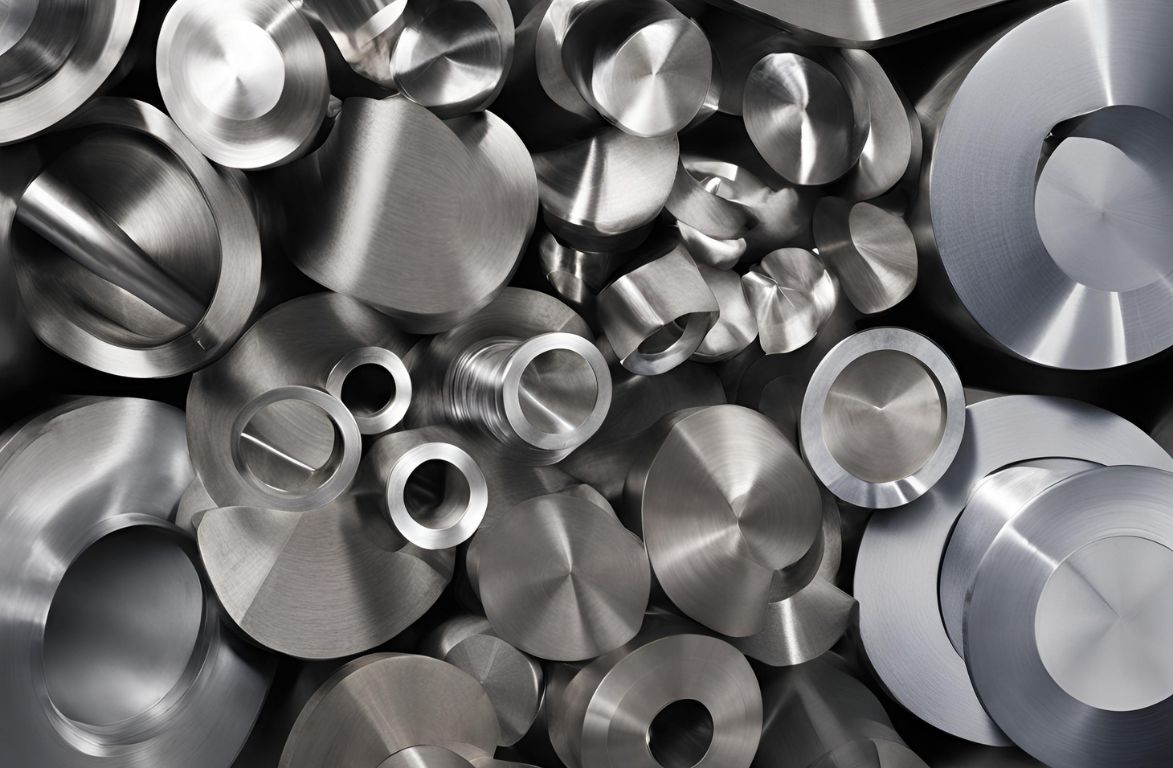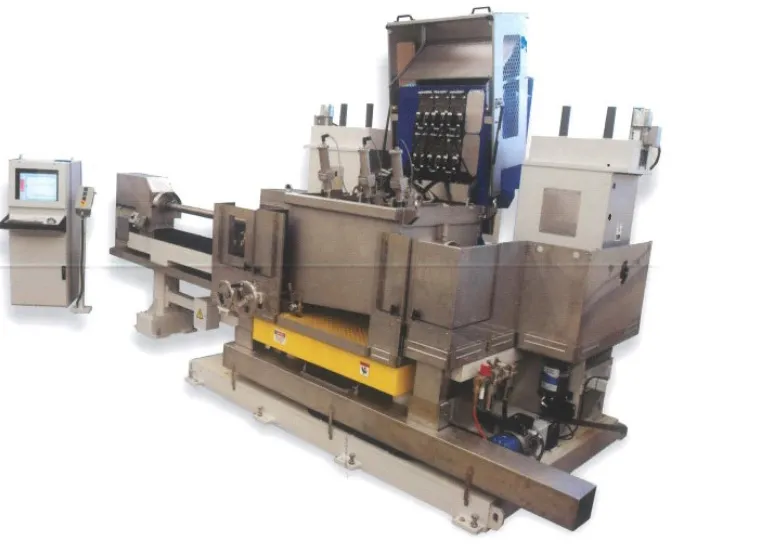Stainless steel has a wide variety of applications. It is one of the most widely used steels, and happens to have a number of properties that make it preferable to carbon steel. It is corrosion resistance and impossible to rust, making it indispensable to the chemical, food, pharmaceutical and automobile industries. According to the industry needs, it can be processed into wires, tubes, bars, sheets or strips. There are many grades and types of stainless steel.
WHILE CHOOSING THE RIGHT MATERIAL FOR AN INDUSTRY, WE NEED TO KNOW THE BASIC FAMILIES OF STAINLESS STEEL. THEY ARE AS FOLLOWS:
Ferritic Stainless Steel
This type is based on chromium with small quantities of carbon. With a structure similar to carbon and low alloy steels, ferritic stainless steel’s usage is usually limited to be used in thin sections, because it lacks toughness in welds. Plus, one cannot harden ferritic steel with heat treatment. But with an additional molybdenum, it can be used in sea water or other adverse conditions. Ferritic stainless steel also has some magnetic properties. Steel workers tend to choose ferritic stainless steel due to its resistance to stress corrosion cracking.
Austenitic Stainless Steel
Austenitic stainless steel happens to be one of the most common types of stainless steel. The microstructure includes nitrogen, nickel and manganese. It has the same structure as regular steel. At a much higher temperature, it is formable and easy to weld. It can be made corrosion resistant by adding chromium and molybdenum, but it cannot be hardened with heat. Austenitic stainless steel can retain a useful level of toughness and ductility, even when hardened to high strength. Austenitic stainless steel with higher nickel content than usual has increased resistance to stress corrosion cracking. Usually non-magnetic, austenitic stainless steel might exhibit some magnetic properties depending upon its composition.
Martensitic Stainless Steel
Martensitic stainless steel is based on chromium with high carbon levels. It can be tempered and hardened like carbon and low-alloy steels. Martensitic stainless steel is used where a moderate level of corrosion resistance but high strength is required. It is among the magnetic types of stainless steel, but it has low formability and weldability. In products where sheet and plate form is needed, this steel is used.
Duplex Stainless Steel
With a microstructure that is half austenitic and half ferritic, duplex stainless steel has higher strength than both these types of stainless steel. Additionally, it is also resistant to stress corrosion cracking. Besides, they are easy to weld, magnetic, and moderately formable.
So then how do you decide which steel is best for you. Given the variety of them, you have a number of factors to consider before making the right choice. Factors to consider while choosing the steel grade you want:
Corrosion Resistance
First and foremost, the surroundings in which the stainless-steel product will be used. This is the most essential factor in determining the right grade. This includes atmospheric conditions and presence of chemicals like acids.
Austenitic stainless-steel grade – 303 or 304 – are the most preferable in low corrosive surroundings. However, if you are going to be using them in more corrosive environments, especially acidic ones, chlorine or sea-water, 316 is preferred.
Mechanical Strength
For the requirements of corrosion resistance and strength at low or room temperatures, high-strength stainless steels in austenitic, duplex, and martensitic grades are available.
Heat Resistance
The surrounding temperature is a major factor in selecting the right grade as well. Excessively high temperatures (900 – 1175C) increase rate of corrosion and exert extra pressure on steels. Here heat resistant steels like grade 321 is required.
Magnetic Response
Stainless steels with higher nickel content, such as the 316 or 310 grades are non-magnetic in all situations. However, the ferritic and martensitic stainless steel grades of 400 series have high permeability and fall under the ferromagnetic category. Duplex grades of 2101 and 2205 are ferromagnetic as well.
Life Cycle Cost
This is a quite dependable factor. Stainless steel materials tend to be long-lasting and have an extended life; besides they are mostly recyclable. Therefore, better quality steels with higher costs last long once bought, and the prices are usually justified.
With a large number of steel grades available, Sunflag Steel aims to expand production with all grades of steel and venture into varied industries.

